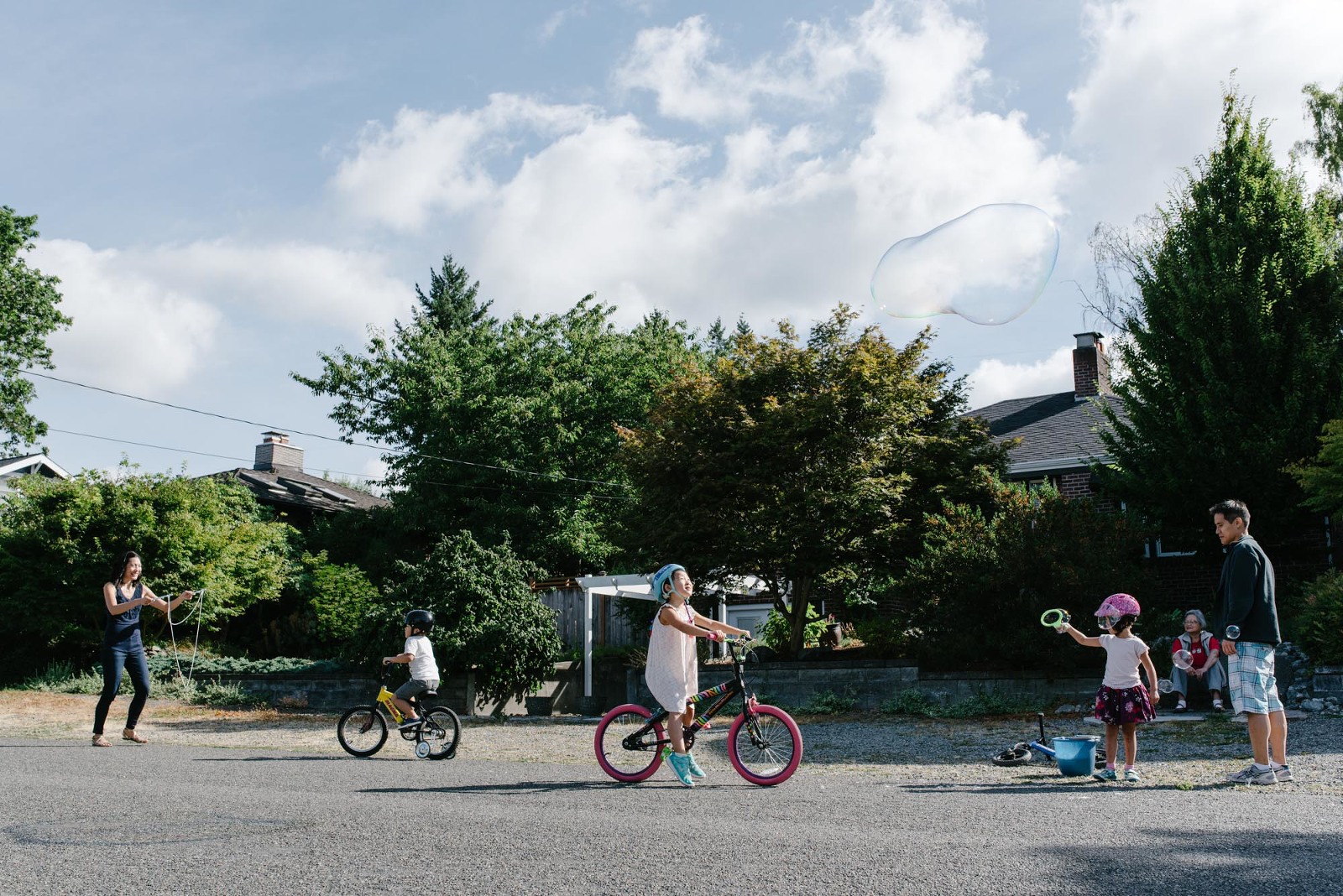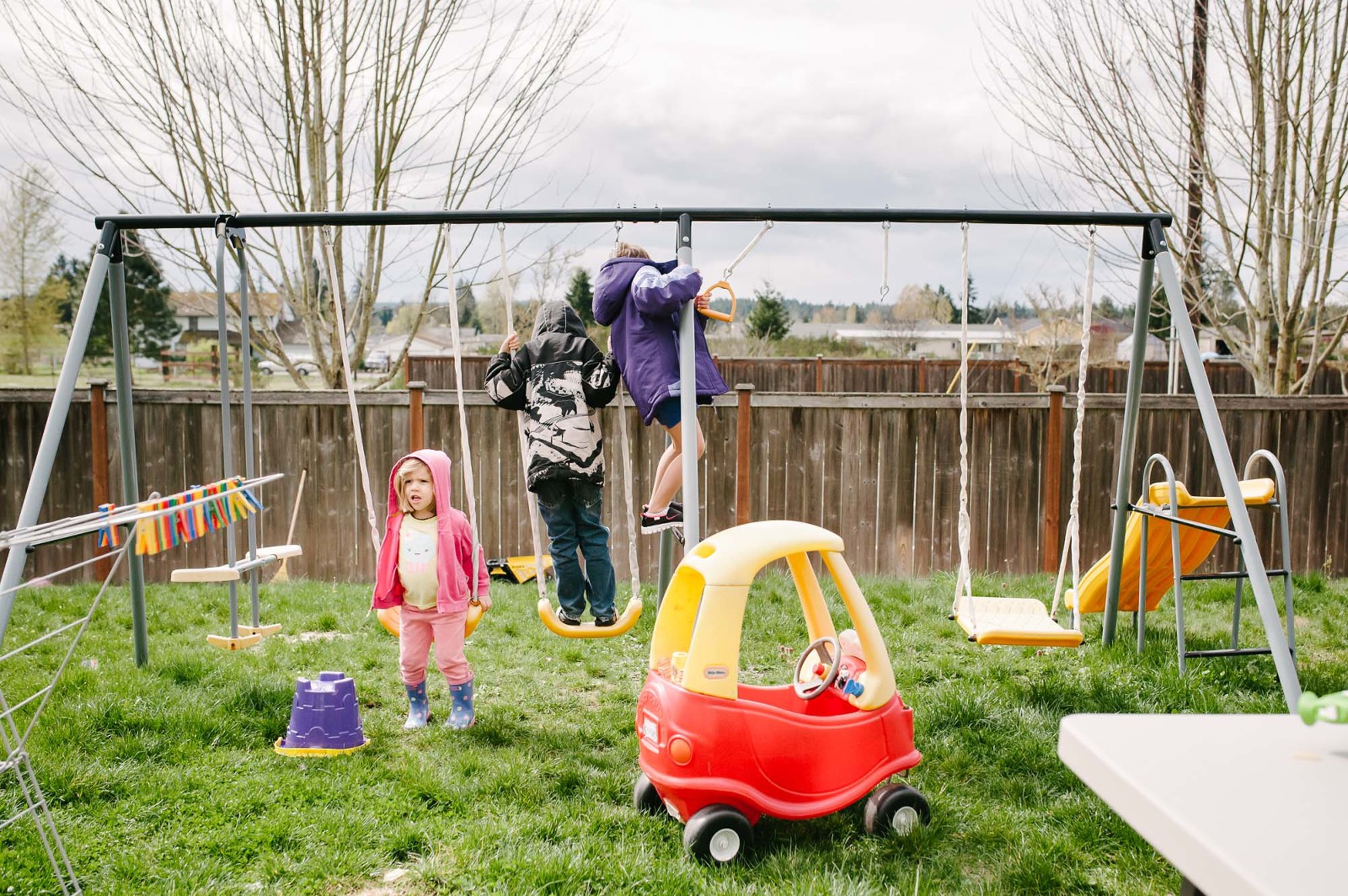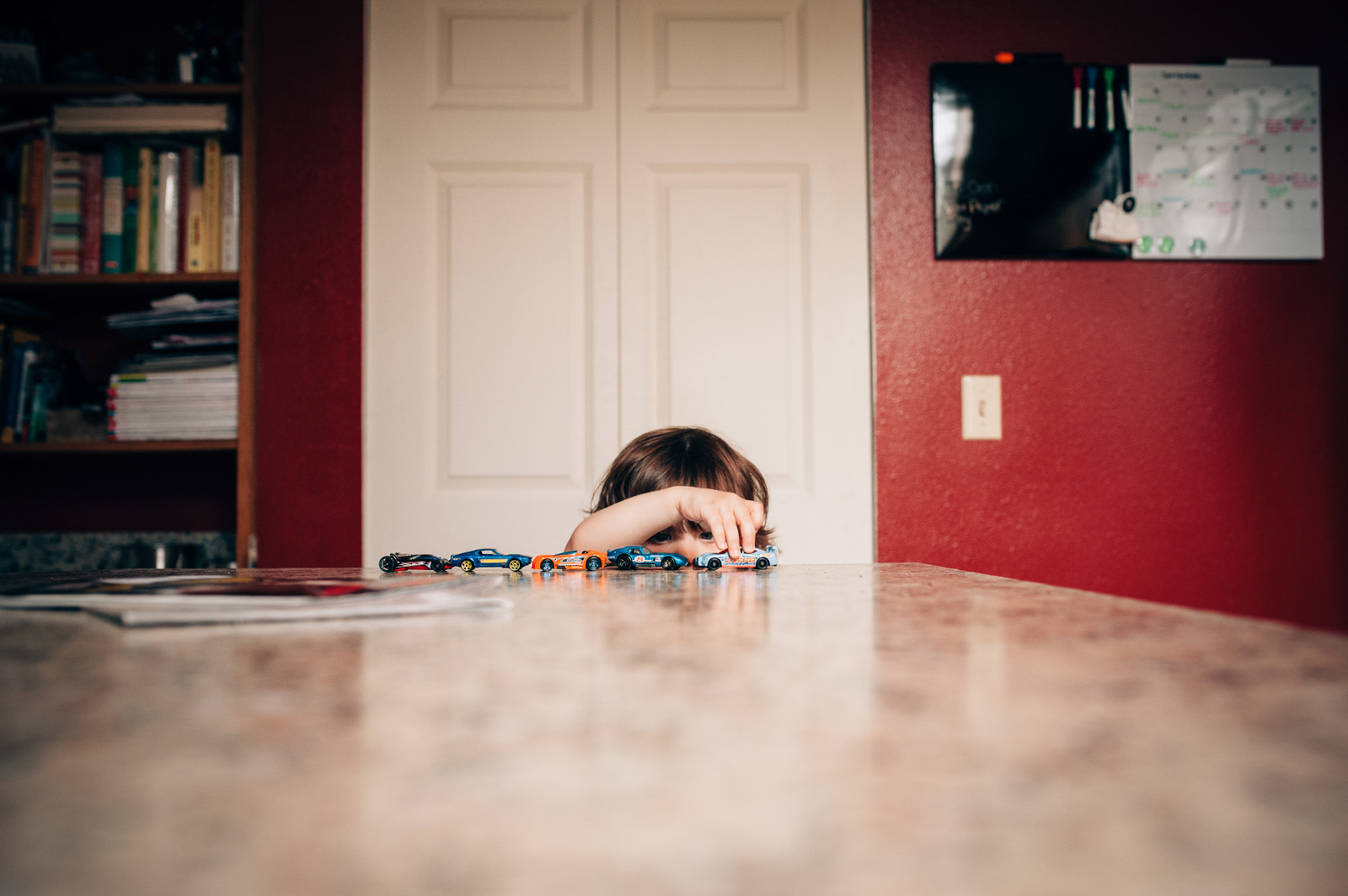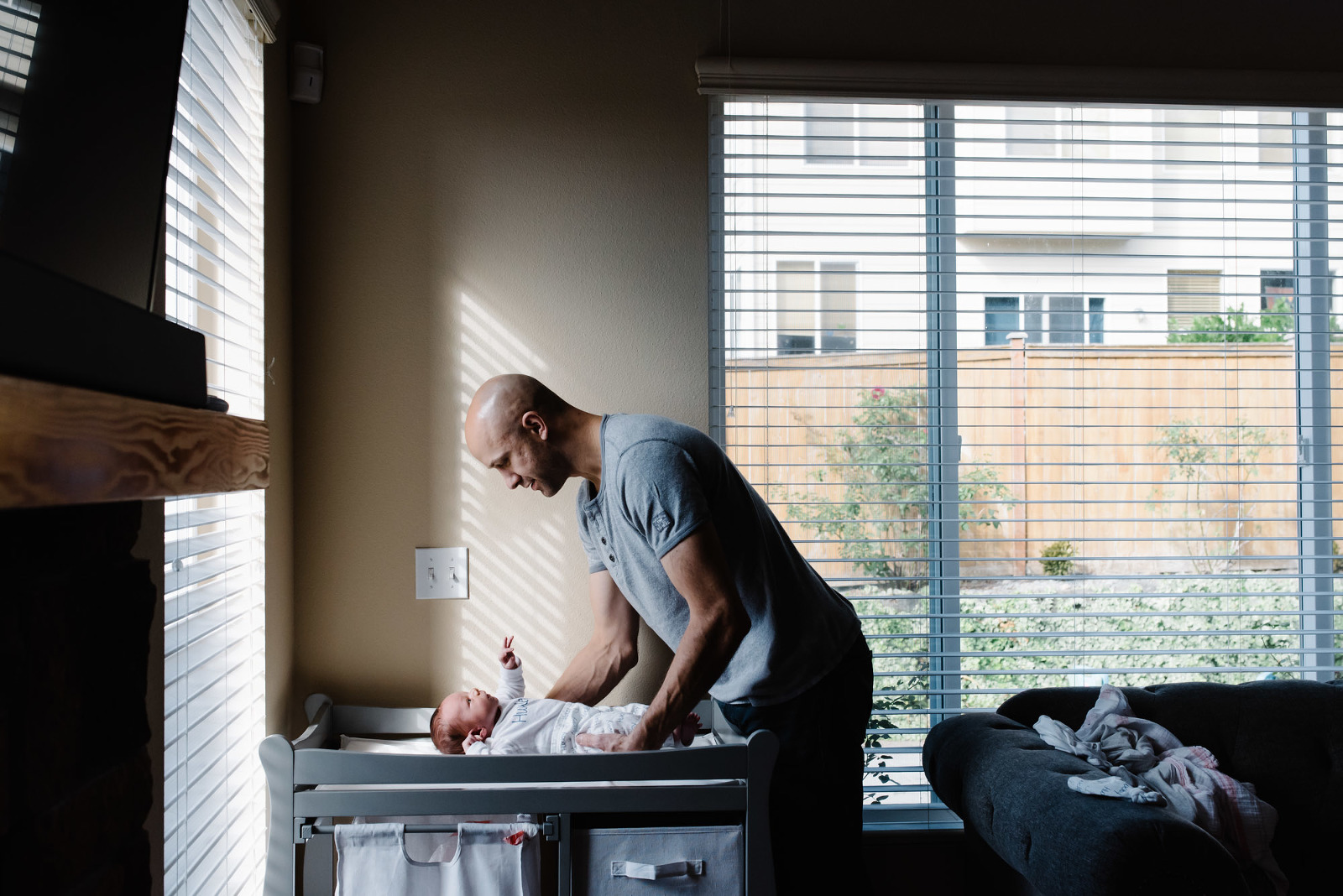*Just starting out with your camera? Check out the other tutorials here.*
Let’s start with a hard truth. Focusing is not always easy. There are several reasons you don’t generally see each and every image from your session, focus is inevitably one of those reasons. It’s not a game of 100% accuracy, especially if you are shooting in low light or trying to chase after an erratic moving toddler. It is a game of practice though. The more you shoot, the more you make an effort toward nailing focus, the more consistently you will find images that are tack sharp. However, understanding common issues that can lead to out of focus images and knowing how to work around those issues can help get you on the right track instead of flying blind amidst a bunch of slightly fuzzy photos.
.jpg)
First, assuming you already understand how to get a crisp image by using the proper shutter speed and aperture, the next thing you want to explore is changing the auto focus setting on your camera. Chances are, if you just pulled your camera out of the box, it’s set up to automatically determine a focus point. DSLR’s don’t do an entirely bad job at selecting a focal point, but as you start working with a wider aperture (smaller depth of field) and frames with lots of context you are going to want to be able to choose precisely where you camera focuses. Chances are your camera will have settings that allow you choose a single point of focus that either stays put or will track your subject through a frame. Play with both settings, see what works best for you. The important thing is you are choosing the starting focus point, not the camera.
Also remember, that with regards to depth of field, your image will come into focus from the foreground much quicker than it will fall out of focus into the background. So it’s good to make a habit on focusing subject closest to you. If you are shooting a bowl of fruit, focus on the piece of fruit closest to you. If you are shooting a portrait, focus on the eye closest to you. Elements behind your point of focus are more likely to be in focus (or less out of focus) than elements in front.
.jpg)
Second, low light can be particularly challenging when it comes to properly focusing. Auto focus works by latching on to areas of high contrast at a selected focal point in order to focus. Low light scenes frequently lack a lot of contrast which means your autofocus will search and search for a spot to latch on. As a result your focus can slip to a spot with higher contrast near your selected focus point. For example, of you are trying to focus on a face in low light, your focus might slip and land the individuals brightly printed striped shirt. In this instance focus, refocus, and focus again in between shots. In this case, sometimes overshooting can pay off. You can also try to move yourself, or you subject to take better advantage of whatever tiny bit of directional light you can find. A spot of light can create just enough contrast and shadows to help your camera more accurately focus. Finally, you can always hone your manual focusing skills. What your camera can’t find, you should be able to find with your own eyes.
.jpg)
Lastly, it’s important to note that being in focus and being “sharp” are not always the same thing. Shooting at a higher ISO leads to more noise and more grain in an image. Too much much noise will lead to softness, even in a properly focused image. This can usually improved, if not entirely fixed, by reducing noise and sharpening in post processing. Additionally, if you work toward nailing focus and still find your focus slipping either consistently in front of, or behind your subject it is possible that your camera and lens are not properly calibrated, i.e. they are not properly “speaking” to each other. There are a couple different ways you can check this at home, this is my favorite method, primarily because we always seem to have AA batteries laying around. If you find that your camera is front/back focusing, check your manual to see if you can adjust the calibration on your own.
Keep practicing, keep experimenting, and keep playing. And remember, sometimes out of focus can be just as interesting and beautiful as images that are perfectly sharp.
.jpg)










